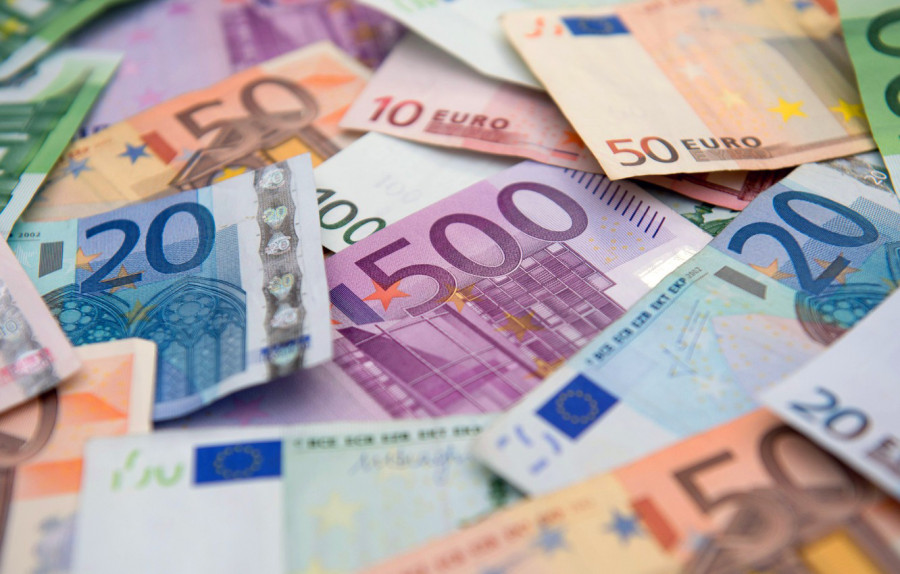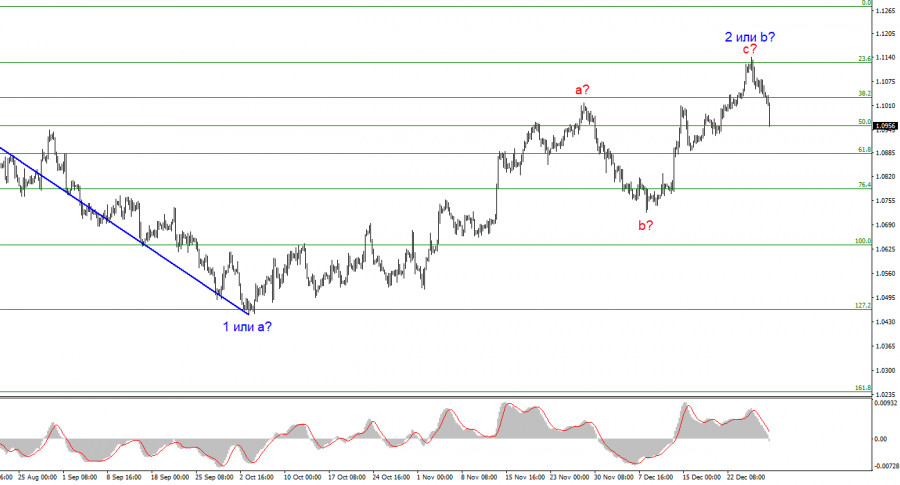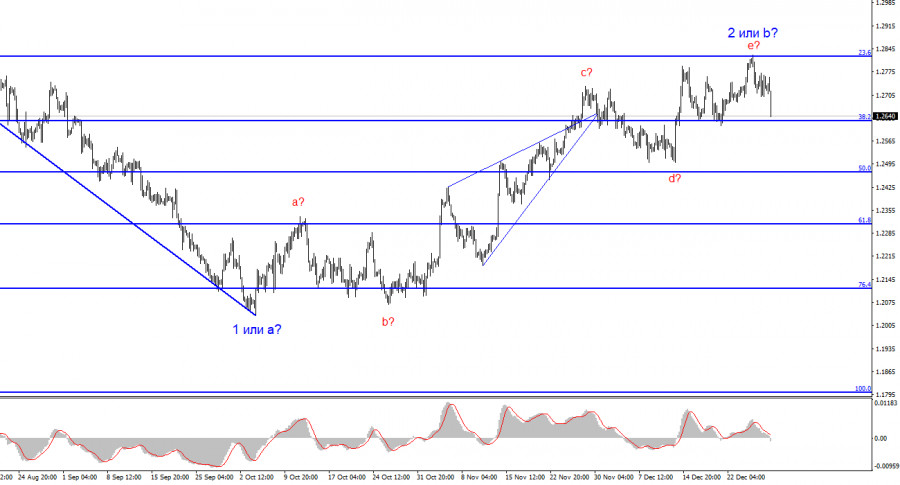
The European Central Bank is unlikely to be the first central bank to start lowering interest rates in 2024. Firstly, the ECB's key rate is lower than that of the Bank of England or the Federal Reserve. Secondly, inflation in the European Union is lower than in the United States or the United Kingdom. These two facts indicate that the ECB may not rush to lower its key interest rate. Lower inflation could push the central bank towards a more accommodative monetary policy, but no one among the directors and managers is confident that the Consumer Price Index will not start rising again in the winter and spring of 2024. Therefore, it is unlikely to take risks. Most likely, the ECB will first ensure that inflation has decreased to a sufficient extent and has stabilized around 2%, and only after that will steps be taken towards easing the policy.
These are the thoughts expressed by Pablo de Cos, a member of the Governing and General Council, as he kicked off the series of speeches in the new year. He mentioned that the uncertainty surrounding macro data is too high to take risks. According to him, inflation will continue to slow down, but de Cos probably refers to the overall trend rather than individual months.

This week, a new inflation report will be released, which is likely to show that inflation increased to 3% for December. This is exactly what de Cos and other policymakers have in mind. A decrease to 2.4% in a particular month should not be seen as a victory over high inflation. The CPI showed such a value for just one isolated month. By the end of December, the figure may rise to 3%, and in January, it may go even higher. Therefore, it seems that the ECB will not rush to ease its policy.
However, all of the above also applies to the Fed. Inflation can accelerate in the United States as well. If this happens, the FOMC will also have no reason to hurry with rate cuts. Lately, the market has been operating under the assumption that the U.S. central bank will be the first to start easing, but in reality, things may turn out differently.
Based on the analysis, I conclude that a bearish wave pattern is being formed. The pair has reached the targets around the 1.0463 mark, and the fact that the pair has yet to surpass this level indicates that the market is ready to build a corrective wave. Wave 2 or b has taken on a completed form, so in the near future, I expect an impulsive descending wave 3 or c to form with a significant decline in the instrument. An unsuccessful attempt to break the 1.1125 level, which corresponds to 23.6% Fibonacci, indicates the market is prepared to sell.

The wave pattern for the GBP/USD pair suggests a decline. At this time, I can recommend selling the instrument with targets below the 1.2039 mark because wave 2 or b will eventually end, and it could do so at any moment. We are already seeing signs of it ending. However, I would not rush to conclusions and short positions. I would wait until a successful attempt to break the 1.2472 level, afterwards it will be much easier to expect the pair to fall further.
The material has been provided by InstaForex Company - www.instaforex.comfrom Forex analysis review https://ift.tt/O86Jolz
via IFTTT
